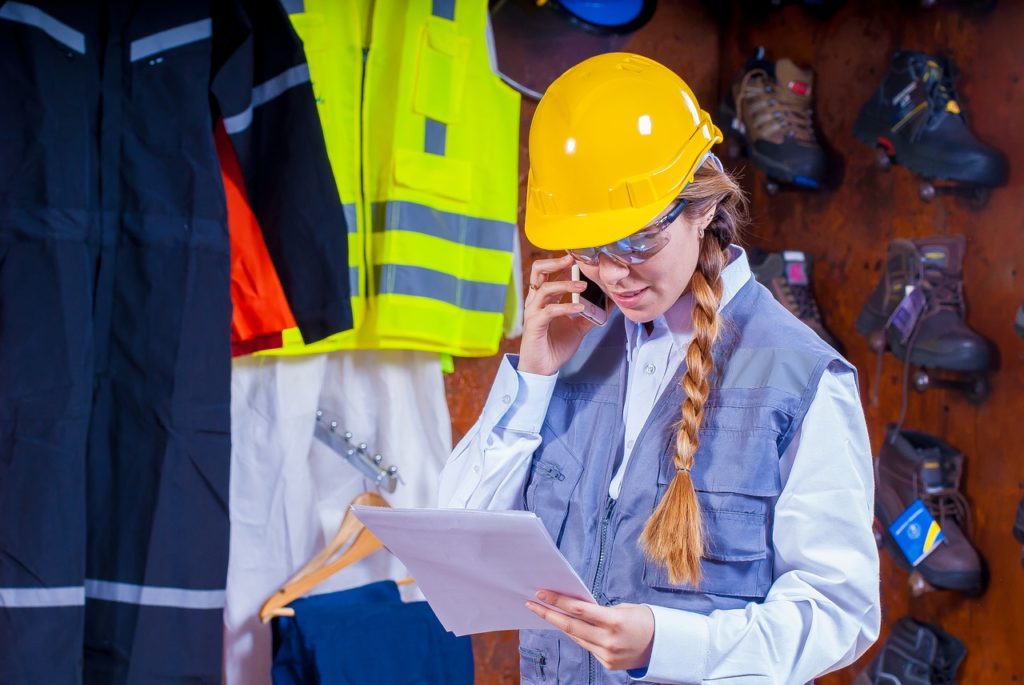 A lot of workplaces have been taking their time and energies to develop training programs. These are not just in regards to the health and security of employees, but also their skills while they are at their jobs. When higher-ups decide that they want to come up with an idea for a training program, it is a lot to unpack.
A lot of workplaces have been taking their time and energies to develop training programs. These are not just in regards to the health and security of employees, but also their skills while they are at their jobs. When higher-ups decide that they want to come up with an idea for a training program, it is a lot to unpack.
From small details such as acquiring management help to large decisions like training sessions that continue for weeks, one has to note down a lot of information. And this is only enhanced if you work at an industrial site or a hazardous zone all day long. How can you make sure that your life is in safe hands?
The workforce is a company’s asset and everything must be done to make sure that they are satisfied and safe during their time on the job. While employers have to put up with a number of regulations and rules during the program, it is all worth it in the end. For those who are looking at lists about what to expect from such a program, you have come to the right place. Whether you want to know what to expect from a fire extinguisher training course or need more info about the construction zone you work in, this article has got everything you need:
Health and Safety Training: Needs and Goals
When it comes to the concerns of the workforce, health and safety are at the top of the list. This means that in a work culture or environment where there is a greater root cause for risk, there is also the chance to cater to the employees. While going to the best standards that are acceptable, employers will take on some goals and missions.
With all presentable issues, the address will make sure that upper management is invested in the cause and will incorporate the best solutions. A safety-oriented culture is needed as a norm for high-risk workplaces, like the jobs of firefighters, police officers and construction workers. Specifically talking about industrial sites and their operations, we are quick to note that building a training platform will require:
- Raising awareness
- Constructing detailed plans about injuries and losses
- Boosting morale by affording open dialogue and communication
Besides these factors, what else do health and safety measures need to entail?
Training
Not everyone is presumed to have the same skills or background when it comes to their job. Considering the dangers of industrial work, one must remember that most of the employees are laborers will no set skills. It is the job of the company to make sure that these skills are taught and developed accordingly as time progresses. This requires training sessions to be conducted for the employee on a monthly or even weekly basis.
This does not come in the form of classroom learning but instead provides a newfound and hands-on practical experience for all kinds of workers.
High Expectations of Competence
As major industries grow and prosper, expectations also rise regarding their competency and overall experience. This is true for all kinds of companies is but especially prevalent where there is a greater chance of hazards and other kinds of dangers. Therefore, one has to understand the process of job training, proper consolidation, and continuous development and so on.
Safety and Training Requirements
Here is the thing about safety and how the training process goes along: it is not a formal setting, therefore there are no rules as such. This means that they can be conducted in whatever ways possible without much hassle and will require the following:
- Communication between all kinds of people despite language barriers, economic backgrounds and, cultural customs
- Skills harnessing to engage and improve overall job performance to the best of one’s abilities
- Service adjustment for the betterment of any project or company
- Diversity to ensure that all employees feel welcome and safe in their circumstances
- Ethics to instill values and sense of responsibility within each worker throughout their employment
- Initiatives to promote quality where one has the chance to come forward with ideas and innovations without judgment
Preventing Accidents Because of Industrial Training
Preventing accidents is one of the main results of these training sessions. Industrial work is likely to bring harm to its employees which is why preventing loss is necessary for the long run. The significance of these steps is paramount to ensuring that there is productivity in the workplace and employees are in their best possible state.
Besides this, when there is proper compliance with government rules and regulations, there are fewer chances of any accidents taking place. Insulating and stubbing the need for hazardous situations is necessary to any industrial site or factory and the information needed is provided aptly in these courses.
Studying Incidents for Better Security
Studying incidents from the past is a good take that most organizations have taken part in. There are experts who spend the majority of their time studying and looking into the factors that impact workers. From aspects of their health to environmental factors, the incident data allows future chances of the same occurrence to be reduced greatly.
Therefore, safety regulations and policies can be easily updated by management and then given to the employees for a greater understanding of the organization. This allows for better levels of productivity and trust within a company. Once this is done, you can move onto the next step and identify certain hazards.
Hazard Identification
Employees need to be educated and made aware of the kinds of hazards they face on a daily basis when they come into work. From potential causes of physical harm to mental stress and inherent diseases, industrial workplaces will have to identify and point out all these options to their workers. Where there is full transparency, unintentional bad incidents are less. After a routine analysis in a comprehensive plan, one can move onto other functions related to the job. These include storing materials, maintenance of equipment and other issues.
Conclusion
In the end, employers and employees need to be trained and educated about the risks and hazards of the job. As the responsibility for employee safety is at an all-time high, the required part of the training is explained above. Fulfilling proper roles and benefiting from these courses is a big part of the job and needs to be conducted efficiently. Acquiring, analyzing and then presenting data is now being taught at an early age. This is important for electronic software to become an integral aspect of the workforce.









